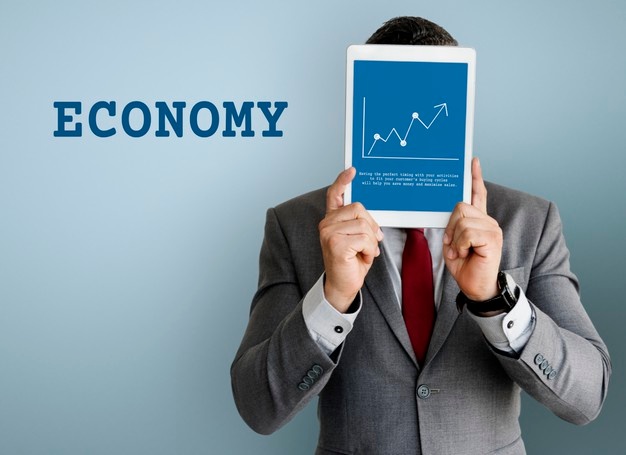Key investment points:
Macro: at the international level, the situation in Russia and Ukraine continues to be grim. The Russian military said that the special military action will continue until the established objectives are reached, while the negotiations between the two countries are still “at a standstill” on major political issues. At present, the two sides will conduct a new round of negotiations. The chairman of the New York Federal Reserve said that when necessary, the interest rate would be increased by 50bp, the yield of US bonds continued to rise, and the interest rate difference with China’s treasury bonds was compressed to within 50bp, almost upside down. At the Chinese level, the epidemic situation is becoming more severe and has not yet ushered in an inflection point. High frequency data show that last week, economic growth further declined and recovery pressure increased; At the same time, subject to the compression of interest rate difference between China and the United States, the RMB exchange rate began to depreciate and fluctuate. It is expected that the GDP growth rate in the first quarter may be slightly lower than the target center of 5.5%, and the PMI may fall below the boom line in March. At present, the epidemic factors control the recovery of domestic demand, and the economy is facing great recovery pressure again. Therefore, the expectation of market easing has increased, but the central bank’s market operation attitude has always remained neutral. It is expected that the easing window will still exist in the short term. In the medium and long term, the effective control of the epidemic is the core of releasing the potential of domestic demand and achieving the goal of economic recovery throughout the year.
Stocks: last week, major global indexes were mixed. The Chinese market generally fell. The growth enterprise market (GEM) and the science and technology innovation board (Sci-tech Innovation Board) had the largest decline, while the CSI 500 was relatively resistant to decline. The average daily turnover of Shanghai and Shenzhen stock markets was 951.8 billion yuan, up + 12.32% from last week. Last week, 9 industries rose and 21 industries fell; Coal, agriculture, forestry, animal husbandry and fishery, real estate and nonferrous metals led the increase; Consumer services, computers and new energy led the decline. Gold, new urbanization, artificial meat and other sectors led the increase; Air transportation, mobile phone batteries, semiconductors and other sectors led the decline. The profit growth of state-owned enterprises slows down, and the epidemic may lead to poor profits of some enterprises. The policy focuses on stabilizing market expectations. The government will stabilize market expectations from industries, real estate, capital markets and other aspects. U.S. regulatory policies put pressure on zhonggai shares. It is expected that the market will continue to fluctuate at the bottom, and it is suggested that the position should be reduced to 60%. At present, we mainly look for opportunities in the direction of steady growth, price rise and risk avoidance, and pay attention to construction, medicine, agriculture, forestry, animal husbandry and fishery in the short term.
Bonds: the bond market returned to calm last week, with yields rising first and falling later. Last week, the LPR was not adjusted, the US bond interest rate rose sharply, the yield of 10-year Treasury bonds and CDB rose slightly from Monday to Tuesday, the wind direction of the bond market turned from Wednesday, and the bond market rebounded slightly on Thursday and Friday in anticipation of the cross quarter investment of the people’s Bank of China. There are no major events on the whole, and there is no main line in the short-term sawing of the bond market. The yield at the perimeter end fluctuated little, the yield curve continued to steepen, and the capital surface was stable and loose. China suddenly encountered the strongest round of epidemic in history, and the bond market is expected to rebound in the short term under the condition of weak fundamentals and expectations of monetary policy. The recovery of the economy before and after the current round of epidemic has caused some interference to the observation of economic trends. In the short term, it has weakened the concern of the bond market that the obstruction of “wide credit” and weak real estate demand have dragged down the economic situation. The evolution of this main line is still uncertain, and will continue to dominate the medium-term trend of the bond market in the second quarter.
Asset allocation: stocks 25%, bonds 25%, commodities 25%, REITs 25%.
Risk warning: policy and economic data prediction are not as expected, and unexpected risk events, etc; The large asset allocation simulation portfolio is only used for back testing, and the past rate of return does not represent the future situation.
